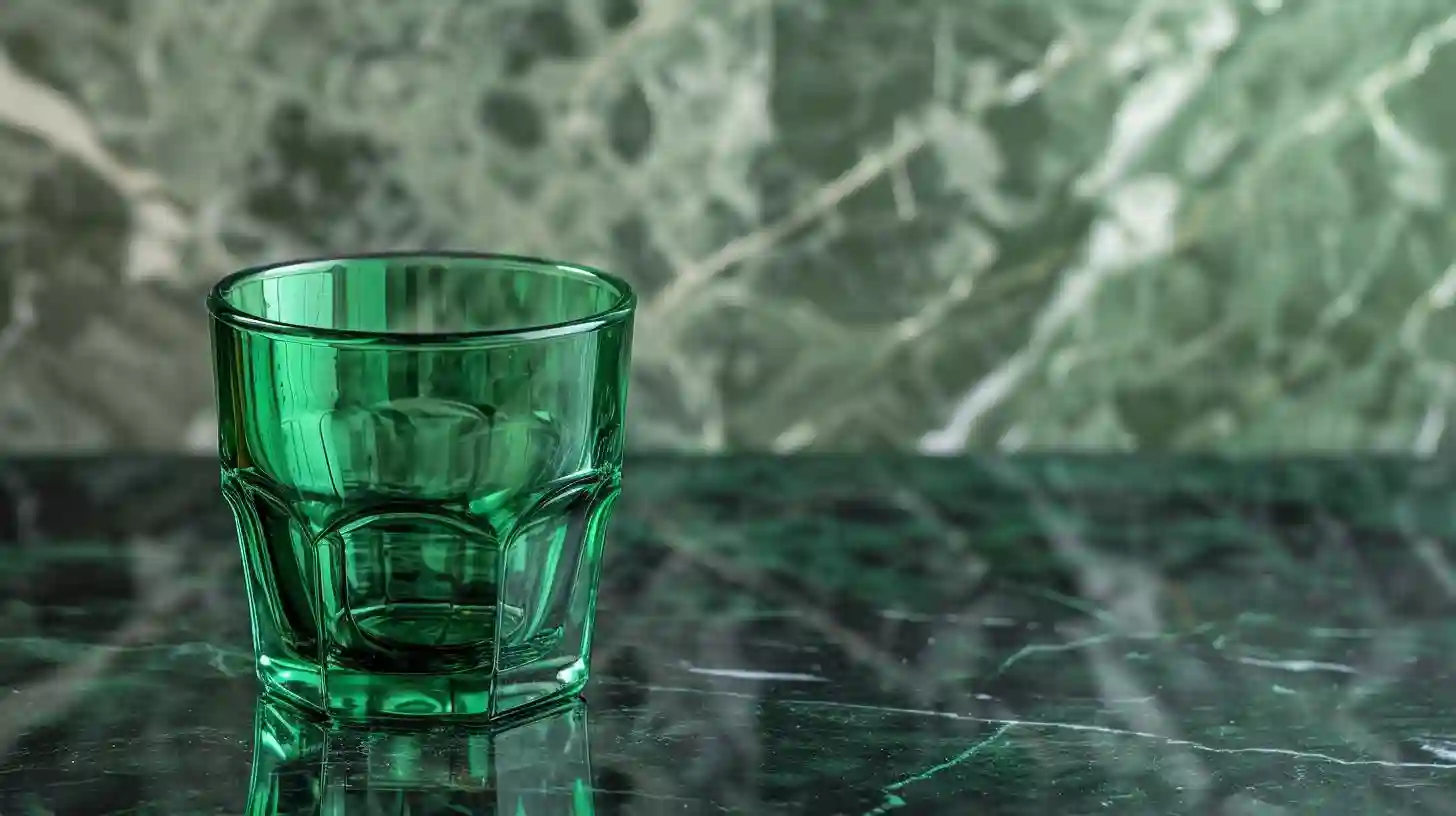
Glass has been an interesting and useful material for thousands of years, dating back to its earliest known production by ancient civilizations in Mesopotamia and Egypt. Among the many items made from this versatile material, glass cups are especially common and serve as everyday essentials in homes and institutions around the world. But how are these seemingly simple yet intricate items made? This article explains the raw materials and manufacturing process of glass cups, illuminating the path from a pile of sand to a crystal clear drinking vessel.
The main ingredient in glass production is silica (silicon dioxide), usually obtained from sand. While regular sand may be sufficient to make basic glass, high-quality glass such as glass cups requires pure quartz sand, also known as quartz sand. This sand typically contains over 95% silica, which ensures clarity and structural integrity of the final product.
However, silica alone cannot create functional and durable glass. To achieve the desired properties, several other ingredients are added to the mixture:
Soda Ash (Sodium Carbonate): Reduces the melting point of silica, making the manufacturing process more energy efficient. This also helps make the glass more workable.
Limestone (calcium carbonate): This compound gives glass durability and chemical resistance. This ensures that the glass remains stable and less soluble in water.
Alumina (Aluminum Oxide): When added in small quantities, aluminum oxide increases glass durability and resistance to scratches and weathering.
Dyes and brighteners: Depending on the desired appearance of the final product, various metal oxides (such as iron oxide, cobalt oxide and selenium) can be added to provide color or clarity.
Recycled glass (cullet). Modern glass production is environmentally friendly and often includes cullet - waste or pieces of recycled glass. This not only helps reduce the environmental impact, but also reduces the energy required to melt materials.
The path from raw materials to the finished glass cup involves several complex steps, each of which affects the quality, appearance and functionality of the final product.
The first stage of glass production involves weighing and mixing the raw materials. At this stage, accuracy is critical as any change can affect the quality and performance of the final glass. The materials are thoroughly mixed in large mixers to ensure a homogeneous mixture.
The mixed raw material is then fed into a kiln where it is heated to a temperature of 1,400 to 1,600 degrees Celsius (2,552 to 2,912 degrees Fahrenheit). At these temperatures, the raw material melts and melts to form molten glass. Modern furnaces typically run on natural gas or electricity and can operate continuously for several years.
Once the materials are completely melted, the molten glass is transferred to a conditioning chamber where it is allowed to cool to a more manageable temperature of around 1,000 degrees Celsius (1,832 degrees Fahrenheit). This step ensures the correct viscosity of the glass for molding and minimizes the formation of bubbles and defects.
The conditioned molten glass is then transferred to a molding machine where it can be shaped into glass cups using a variety of methods:
Blowing: A traditional and widespread technique, especially for artistic or high-quality glassware. A lump of molten glass is collected at the end of the blowpipe and blown by mouth or compressed air into the mold to give it the desired shape.
Pressing: In this process, molten glass is pressed into molds using a plunger. This method is efficient for mass production and is often used to make durable everyday glassware.
Drawing: Less common in cup making, but used in some specialized applications. In this method, molten glass is pulled up or down into the desired shape.
To relieve the internal stresses caused by the molding process, the glass cups are gradually cooled in an annealing oven or lere. This process usually takes several hours and ensures that the glass is durable and less prone to cracking.
After annealing, glass cups can undergo additional processes such as cutting, polishing and decorating. Cutting involves trimming the edges so they are straight and smooth. Polishing increases the clarity and luster of the glass, and decoration can include adding patterns, logos, or color through techniques such as etching, painting, or screen printing.
Finally, each glass cup undergoes strict quality checks. Inspectors look for any defects such as cracks, bubbles, or irregularities in shape and finish. Modern production lines may use automated inspection systems using cameras and sensors to detect defects.
Once approved, the glass cups are cleaned, packaged and prepared for shipment. The packaging is designed to protect delicate glassware from damage during transportation and storage.
Modern glass production is increasingly focusing on sustainability. The use of recycled glass (cullet) not only saves raw materials, but also reduces energy costs for melting. Moreover, advanced furnace technologies and techniques such as waste heat recovery help improve energy efficiency. Environmental regulations and industry commitments are pushing glass manufacturers towards greener practices, ensuring that the beauty of glass does not harm the planet.
Making glass cups is a complex combination of art and science, requiring precision, experience and a deep understanding of materials and processes. From selecting high-quality raw materials to careful shaping, annealing and finishing, every step is critical in creating a functional and beautiful glass cup. As technology and sustainability practices continue to evolve, the timeless appeal and utility of glass cups remains unchanged, a testament to the enduring legacy of this remarkable material.